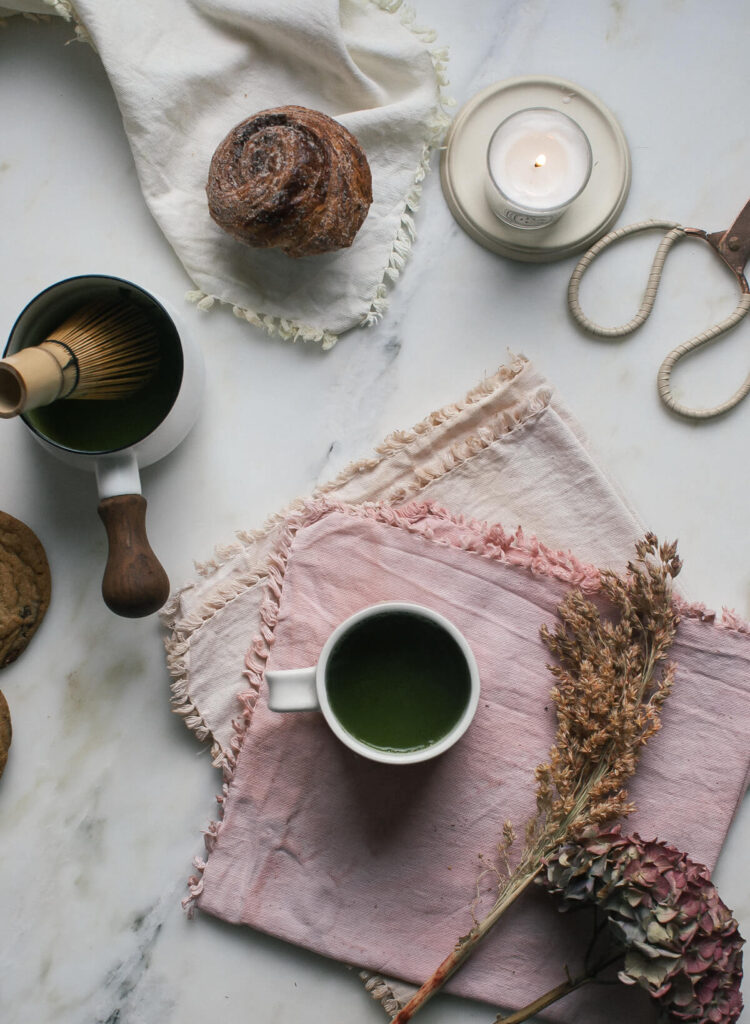How to Dye Linen and Oxford at Home? Fabric Compatibility and Tips
Introduction
Fabric compatibility plays a crucial role in fashion and sewing, ensuring your creations are both beautiful and durable. Linen and Oxford are popular choices, but how well do they mix? In this guide, you will learn about their compatibility, benefits, challenges, and tips for successful dyeing and sewing.
Compatibility Analysis
Yes, Linen and Oxford can be dyed together at home. Both fabrics are primarily composed of natural fibers, making them suitable for similar dyeing processes. Linen, a natural fiber, is known for its durability and breathability, while Oxford, typically a cotton or cotton-blend fabric, shares similar qualities. Their compatible textures, weights, and care requirements make them ideal for combination projects.
Key Factors:
- Texture: Both have a smooth yet textured finish, allowing for uniform dye absorption.
- Weight: Linen is generally heavier, but Oxford’s medium weight complements it well.
- Stretch: Neither fabric has significant stretch, ensuring stability.
- Care Requirements: Both can be machine washed and ironed, though care must be taken with temperatures.
- Durability: Both are known for their robust nature, suitable for long-lasting garments.
Fabric Properties Comparison Table
| Property | Linen | Oxford |
|---|---|---|
| Fiber Content | Natural (Flax) | Natural (Cotton) |
| Weight and Thickness | Medium to Heavy | Medium |
| Breathability | High | High |
| Stretch and Elasticity | Low | Low |
| Wrinkle Resistance | Low | Moderate |
| Care Instructions | Cold wash, iron damp | Warm wash, iron medium |
| Durability | High | High |
Benefits of Mixing These Fabrics
Mixing linen and Oxford can enhance your projects in numerous ways:
- Enhanced Texture and Visual Interest: The combination creates a rich, textured appearance, perfect for unique garments.
- Improved Comfort and Performance: Both fabrics are breathable, keeping you cool in warmer weather.
- Better Drape and Movement: The blend offers a fluid drape, ideal for skirts and dresses.
- Cost-Effectiveness: Combining these materials can balance cost while maintaining quality.
- Seasonal Versatility: Suitable for both summer and transitional seasons.
- Design Possibilities: Offers creative freedom for both fashion and home decor projects.
Potential Challenges
Despite their compatibility, some challenges may arise:
- Different Shrinkage Rates: Pre-wash both fabrics to prevent uneven shrinkage.
- Conflicting Care Requirements: Choose a middle ground in washing temperatures.
- Texture Clash or Pilling: Use a fabric softener to maintain smoothness.
- Seam Puckering: Use the correct needle and tension settings.
- Color Bleeding or Fading: Use color fixatives and wash separately initially.
Practical Solutions:
- Pre-wash fabrics.
- Test dye on a small sample.
- Use a color fixative post-dyeing.
Sewing & Styling Tips
For a successful project, consider these tips:
- Sewing Techniques: Use French seams for a clean finish.
- Needle and Thread: A universal needle (size 80/12) and all-purpose thread work well.
- Interfacing and Stabilizer: Lightweight interfacing is ideal for added structure.
- Seam Finishing Methods: Overlock or zigzag stitch to prevent fraying.
- Pattern Selection Advice: Choose patterns that highlight both fabrics’ textures.
- Styling Ideas: Pair with neutral accessories for a chic look.
Care & Maintenance Guide
Proper care extends the life of your creations:
- Washing Instructions: Use cold water and a gentle cycle.
- Drying Recommendations: Air dry or tumble dry on low heat.
- Ironing and Steaming Tips: Iron on a medium setting while damp.
- Stain Removal: Treat stains promptly with mild detergent.
- Long-term Care: Store in a cool, dry place to prevent mildew.
FAQ Section
-
Can you wash linen and Oxford together?
Yes, but use a gentle cycle and cold water to prevent damage. -
Will linen shrink more than Oxford?
Linen may shrink slightly more; pre-wash both fabrics. -
What needle size should I use for sewing these fabrics together?
A universal needle size 80/12 is recommended. -
Can you mix linen and Oxford in one garment?
Absolutely, they complement each other well. -
How do you prevent seam puckering when combining these fabrics?
Adjust tension settings and use the appropriate needle size. -
Is it okay to mix linen and Oxford for upholstery?
Yes, but ensure both are pre-washed to avoid shrinkage. -
What’s the best way to finish seams with these fabrics?
Use French seams or overlock for a professional finish.
By understanding the properties and compatibility of linen and Oxford, you can confidently create beautiful, durable projects at home. Whether you’re sewing a garment or crafting home decor, these tips will guide you through the process with ease.

Leave a Reply